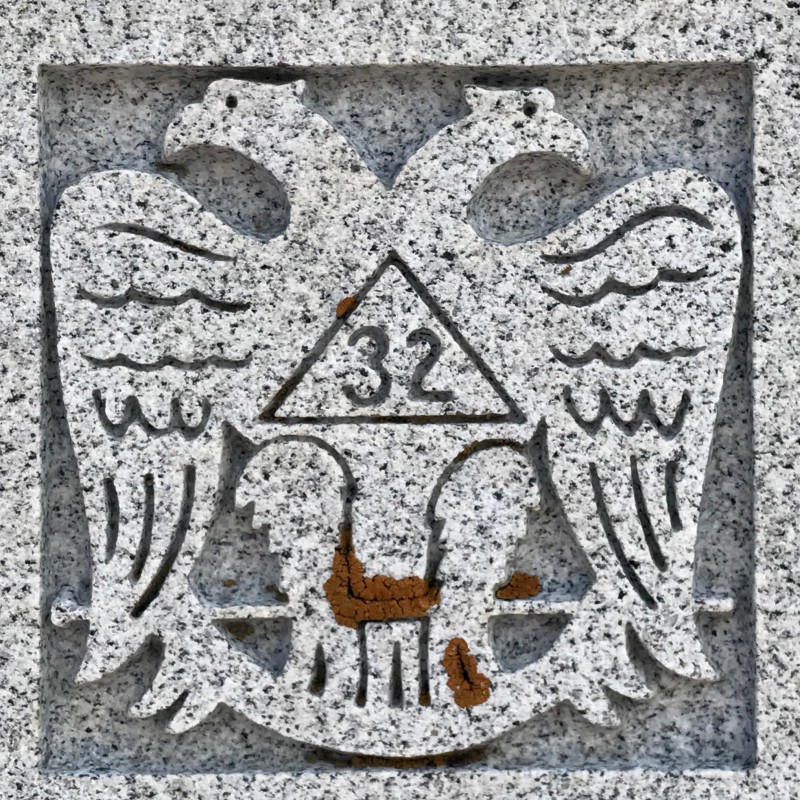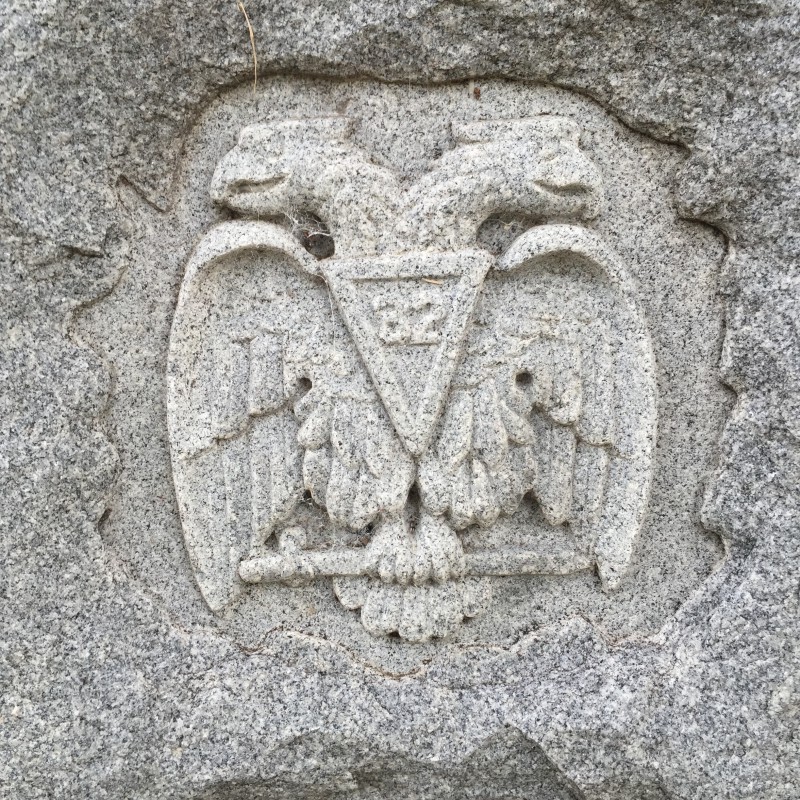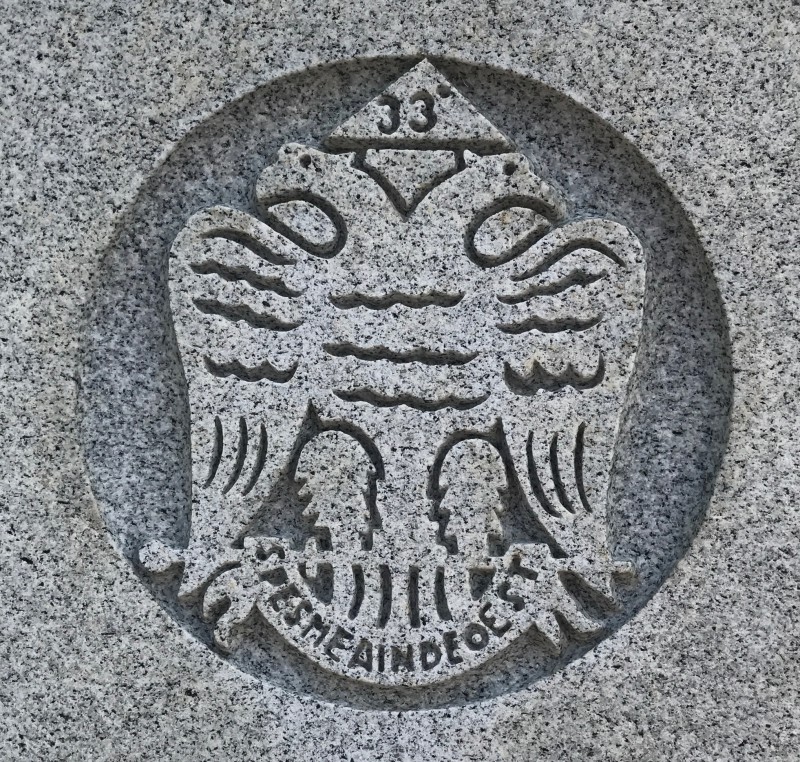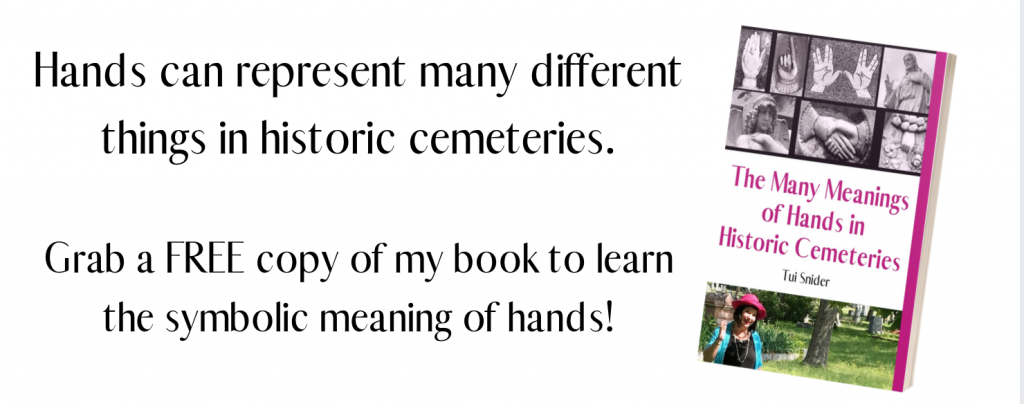
April A to Z Challenge 2020: It’s that time of year! Every April, bloggers around the world make posts for each letter of the alphabet. It’s a lot of fun and a great way to make friends online. Here’s my post for today:
[The following is an adapted excerpt from my book, Understanding Cemetery Symbols. I hope you enjoy it! Also, full disclosure: that’s an Amazon affiliate link. If you buy stuff after clicking it, I make a few pennies at no additional cost to you.]

People Borrow Ancient Symbols
Ancient symbols are often borrowed by religions, governments, clubs and other organizations. While aspects of the original symbolic meaning remain, each group uses these borrowed symbols to represent things specific to their particular beliefs.

Double Headed Eagle of Lagash
In this case, the Masons borrowed an ancient Sumerian symbol known as the “Double Eagle of Lagash,” and incorporated it into their own unique teachings.
Scottish Rite Masons
When you see a double-headed eagle on a tombstone, it usually marks the grave of someone who was a member of a fraternal order called the Masons. More specifically, the Eagle of Lagash is used by a branch of the Masons called the Scottish Rite.

Members of the highest degrees
Members who achieved the highest degrees (32 and 33) as Scottish Rite Masons may choose to have a double-headed eagle on their tombstone, among other symbols.
Symbolizes man’s dual nature
As a symbol, the two-headed eagle stands for the union of body and spirit. In other words, the two-headed eagle represents mankind’s dual nature as both a physical and a spiritual being, who must choose good over evil.

“My hope is in God”
You will often see the Latin phrase spes mea in doe est below the eagle, which means “My hope is in God.” In the photos above, take a look at this grand monument I saw marking the grave of a Scottish Rite Mason in New Orleans. It’s chock full of interesting symbols, including a double-headed eagle above the door surrounded by the words, “secrecy, silence, darkness.”
Just one of many interesting Masonic symbols
In the 1800s, there were over 2000 different fraternal organizations and clubs in the USA. Many of them, such as the Masons, have unique symbols that often appear on their tombstones. Isn’t it intriguing? I think so. In fact, I’m currently writing a book about secret society symbols commonly found in historic cemeteries. (To see all my books, go here.)
Learn more at my Historic Cemetery Podcast & Facebook Page:
Do you have questions about symbols you’ve seen on headstones? Drop by Exploring Historic Cemeteries on Facebook and let me know! And tune in to my 30-minute historic cemetery podcast on the first Tuesday of each month: Tombstone Tuesday with Tui Snider.
READ MY BOOK: If you enjoy historic cemeteries and want to learn more, check out my book: Understanding Cemetery Symbols. It’s available on Amazon in paperback and ebook form.

I am always fascinated and more than a little bit amused at secret societies. Your next book sounds fascinating! :)
Me, too! It’s so fun to research those secret societies. Some of them have very silly rituals!
That was one I knew! I’m 1 for 4!
Yee haw! Go, John, goooo! :)